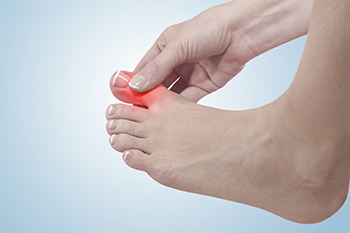
When there are serious and potentially dangerous complications in the feet and legs, sometimes undergoing a surgical procedure may be recommended. One surgical procedure that may be needed is limb salvage surgery. Sometimes, this procedure is performed on the leg when a tumor forms in the limb. Commonly, it will be used as a way to address cancers that may form in the soft tissue or the bone. As opposed to an amputation, limb salvage can save the limb. During this procedure, pieces of the bone and tissue, or parts of the limb, might be removed. This procedure has the potential to be especially useful to patients, as it would enable them to keep their bodies intact despite any serious complications they may have in their lower limbs. If you think that you may be a candidate for limb salvage surgery, it is suggested to contact a podiatrist who can help provide guidance.
Limb salvage can be an effective way in preventing the need for limb amputation. If you have diabetes, cancer, or any other condition that could lead to foot amputation if left unchecked, consult with one of our podiatrists from Associates in Podiatry, PC. Our doctors will assess your condition and provide you with quality foot and ankle treatment.
What Is Limb Salvage?
Limb salvage is the attempt of saving a limb, such as the foot from amputation. Podiatrists also try to make sure that there is enough function in the foot after the salvage that it is still usable. Diabetes is the number one cause of non-traumatic amputations in the United States. Those with diabetes experience poor blood circulation, which prevents proper healing of an ulcer. If the ulcer is left uncheck, it could become infected, which could result in the need for amputation.
However, there are other causes as well, such as cancer and traumatic injury. Links between higher mortality rates and amputation have been found. This translates into higher healthcare costs, and a reduced quality of life and mobility for amputees. Podiatrists have attempted to increase the prevalence of limb salvage in an attempt to solve these issues.
Diagnosis and Treatment
Limb salvage teams have grown in recent years that utilize a number of different treatments to save the infected limb. This includes podiatrists that specialize in wound care, rehabilitation, orthotics, and surgery. Through a combination of these methods, limb salvage has been found to be an effective treatment for infected limbs, and as an alternative to amputation. Podiatrists will first evaluate the potential for limb salvage and determine if the limb can be saved or must be amputated.
If you have any questions, please feel free to contact our offices located in Pittsburgh-South Hills, and Pittsburgh-Bellevue, PA . We offer the newest diagnostic and treatment technologies for all your foot care needs.




